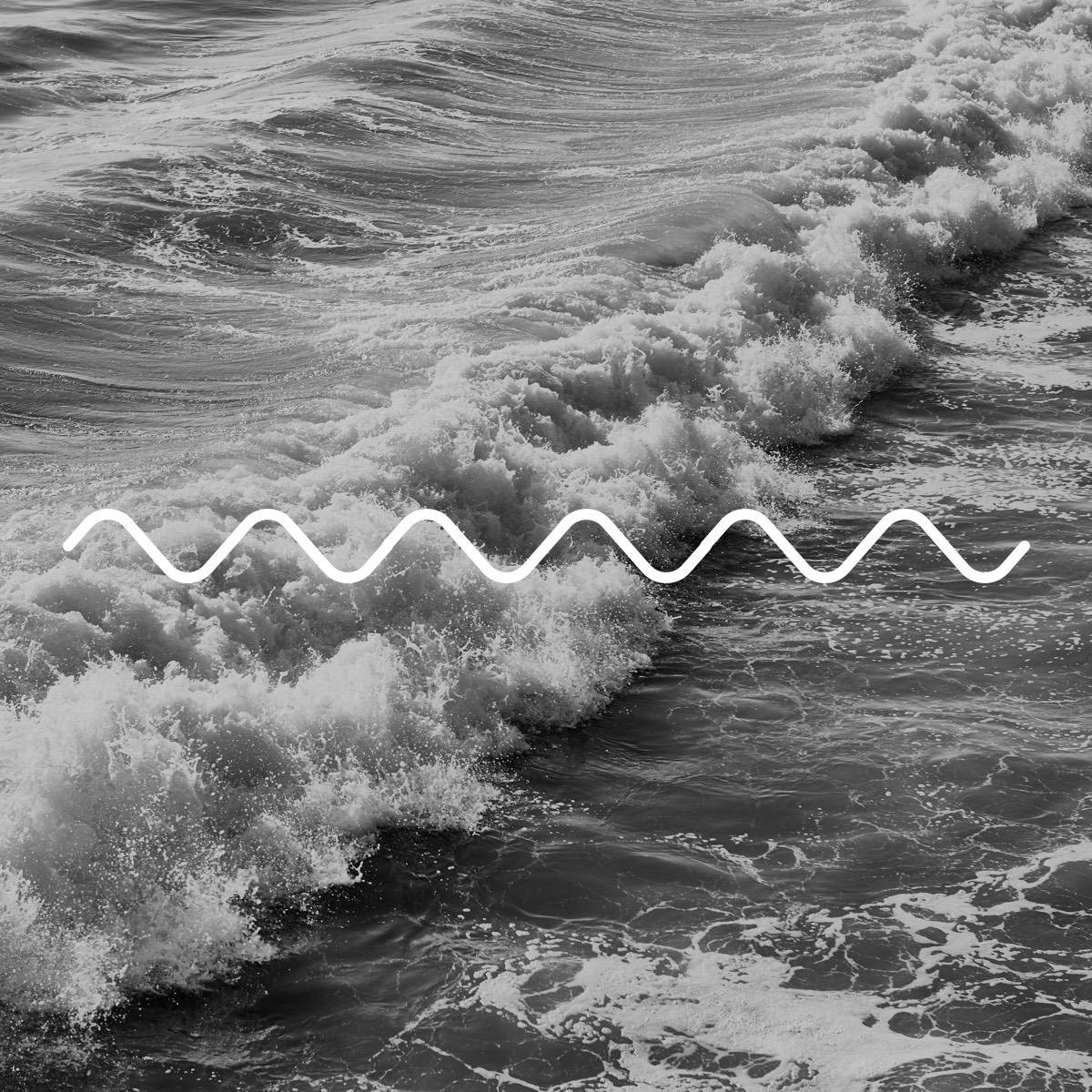
Solfeggio Frequencies are sound frequencies that have been found to have specific healing effects on our body, mind and spirit. You can tap/click the button below and select a frequency to play any of the 9 solfeggio frequencies along with some soothing ocean sounds (brown noise):
Solfeggio Frequency List
There are main 6 solfeggio frequencies, plus 3 additional frequencies that have been shown to have a healing effect, for a total of 9 Solfeggio frequencies.
Here's the list of them, with the frequency in the first column, the syllable in the second and the properties last:
| Freq | Syl | Properties |
|---|---|---|
| 174 Hz | Pain relief: Helps to alleviate physical pain | |
| 285 Hz | Tissue healing: Good for encouraging the healing of damaged or bruised tissues, both internally and on our skin | |
| 396 Hz | UT | Release fear and guilt: Helps to let go of the fear and/or guilt that so often gets trapped in us |
| 417 Hz | RE | Undoing situations & facilitating change: This one also helps with overcoming past trauma |
| 528 Hz | MI | Transformation and miracles (DNA repair): Said to help repair damaged DNA and help bring about spiritual experiences. |
| 639 Hz | FA | Love & Relationships: Promotes harmony within relationships or any kind |
| 741 Hz | SOL | Detox / Toxin removal: Helps your detox organs work optimally in getting rid of toxic molecules within your body |
| 852 Hz | LA | Returning to spiritual order: This one relates to the 3rd Eye and helps promote intuition and self-realization into our spiritual self |
| 963 Hz | SI | Pineal gland activation / Returning to oneness: This one also relates to the 3rd eye in its activation of the pineal gland to awaken our spiritual self |
What Are the Solfeggio Frequencies?
The solfeggio frequencies have their origins in old Gregorian chants. The 6 syllables come from the Hymn to St. John the Baptist chant and are thought to bring harmony and resonance within our bodies when sang.
The solfeggio frequencies are therefore from an old music scale that was adopted for its apparent ability to bring calm and harmony. In the 1970s, Dr. Joseph Puleo, was able to codify the syllable values to sound frequencies in hertz (Hz), thanks to mathematical concepts dating from the time of Pythagorean.
Listening to music produced using the solfeggio frequencies brings harmony in our energy systems, and each of the frequencies brings this harmony in a specific way, which gives that frequency its properties.
If you're interested in going more in-depth in the history, I recommend you give this excellent article a read.
How to Use the Solfeggio Frequencies
- You can really listen to the Solfeggio Frequencies whenever you feel like it. It's great when meditating or just sitting in contemplation. When meditating, you can use the sound as your meditation anchor, or just have the sound there without focusing on it.
- They can act as a great background sound to your home.
- You don't have to listen to them with a high volume, as the sounds is meant to be soothing and calming.
- You can even have some solfeggio frequencies at a low volume playing while you're sleeping.
- Follow your instinct to find which frequency is most healing to you at the moment. You can't go wrong!
- Avoid listening to them when driving or operating machinery if you find that they make you drowsy/sleepy.
→ I used the same idea of the solfeggio frequencies and soothing wave-like noise for one of the feature of rrrelax, a tool for more mindful breathing.
→ And as a side note in case you're curious, I was able to create this online tool using a JavaScript library called Tone.js. I also used that library for another fun website project of mine called muted.io, where I created this interactive note frequency chart.
Enjoy the soothing and healing sounds! 😊
☁️
try out rrrelax, a web app that helps you take deep breaths

Hi! 👋 I'm Sébastien (aka Seb) and I'm creating Spiral11. You can find me elsewhere on the web over at muted.io and fffuel.co.
If you feel like supporting me and this website, you can do so here on Ko-fi.
Thanks so much in advance! 🙏🙏🙏
- Seb, ✌️+❤️